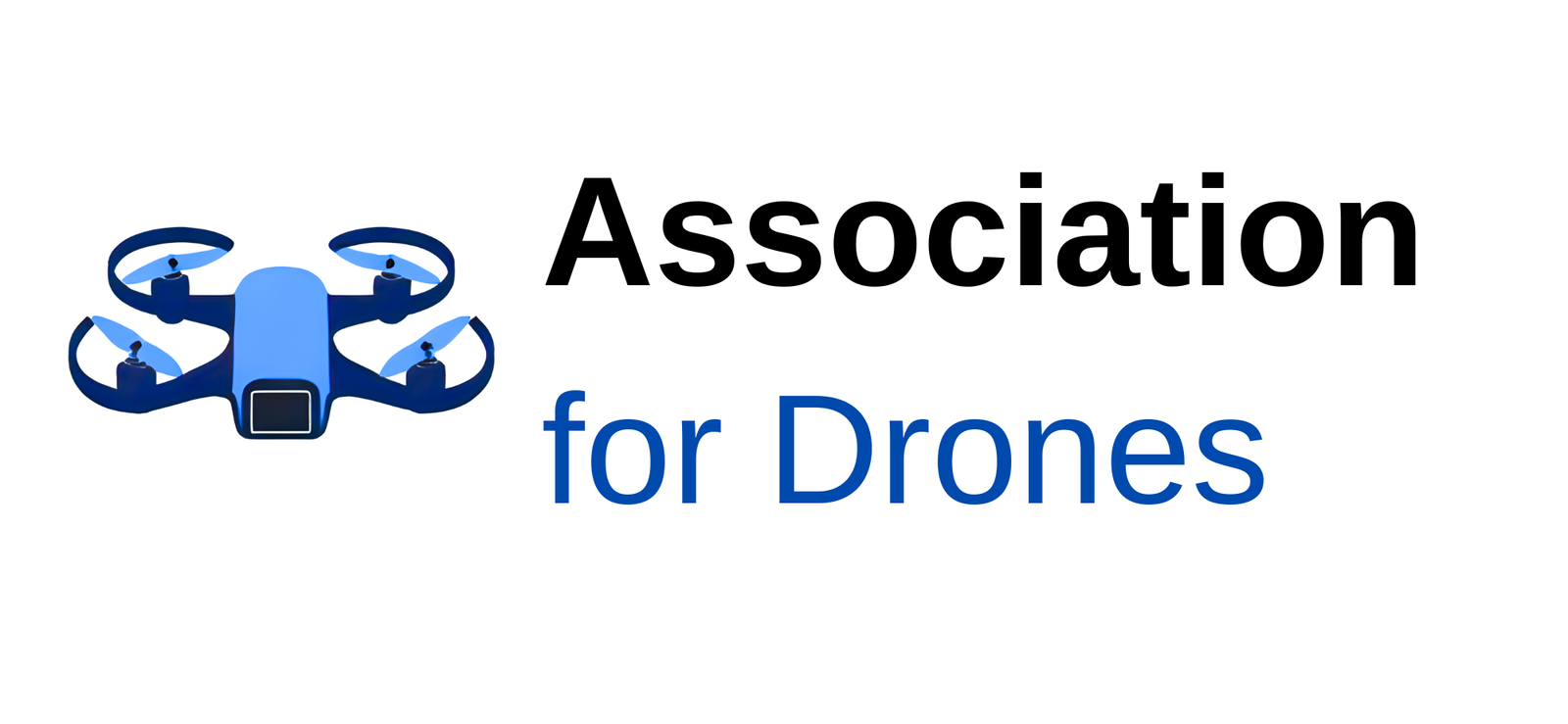The drone industry is booming—covering everything from aerial photography and mapping to delivery, inspection, agriculture, and public safety. But while the opportunities are immense, starting a drone business requires more than just buying a drone and getting a Part 107 certificate.
What separates successful founders from those who burn out quickly? Let’s look at the key lessons learned from entrepreneurs who’ve built thriving drone companies.
1. Start with a Problem, Not Just a Drone
Many aspiring entrepreneurs fall into the trap of starting with the technology rather than the problem.
- Successful founders identify pain points. For example, Zipline didn’t start by asking, “How do we fly drones in Africa?” They asked, “How do we solve the medical supply chain gap in remote regions?”
- Agricultural drone startups didn’t just offer cool aerial views—they delivered ROI by helping farmers reduce chemical use and improve yields.
👉 Lesson: Don’t sell “drones.” Sell solutions. Start with a clear use case where drones save money, time, or lives.
2. Know the Regulatory Landscape
Drone laws vary by country, and ignorance can kill your business before it starts.
- U.S. founders often begin under FAA Part 107, but scaling requires understanding waivers for BVLOS (Beyond Visual Line of Sight), flights over people, or night operations.
- European startups must design around EASA categories (Open, Specific, Certified) and prepare for U-space integration.
- Emerging-market founders often gain an advantage by working with regulators early to shape policy.
👉 Lesson: Compliance isn’t optional—it’s your competitive moat. Build regulatory expertise into your business model.
3. Focus on Vertical Niches
The most successful drone businesses avoid being generalists.
- Skydio built autonomy-first drones tailored to infrastructure inspections.
- DroneDeploy focused on mapping and data analytics rather than hardware.
- Zipline targeted urgent medical logistics instead of trying to compete with Amazon deliveries.
👉 Lesson: Pick a vertical and dominate it. Energy, agriculture, construction, logistics, or public safety—each has unique workflows and customer needs.
4. Data Is More Valuable Than Flights
Flying a drone is easy; turning the footage into actionable insights is where the money lies.
- Founders who thrive invest in data pipelines: AI-driven inspection reports, crop health maps, 3D models, or predictive analytics.
- Customers don’t want thousands of raw photos—they want answers: “Where is the fault?” “Which crops are stressed?” “How much material has been moved?”
👉 Lesson: Build your value proposition around insights, not images.
5. Partnerships Accelerate Growth
No drone business succeeds in isolation.
- Delivery companies partner with healthcare providers, retailers, or logistics firms.
- Inspection startups partner with utilities and infrastructure giants.
- Drone software companies partner with hardware manufacturers to scale.
👉 Lesson: Identify strategic partners early. They bring credibility, customers, and scale you can’t reach alone.
6. Build for Scalability
Many drone businesses collapse because they can’t scale beyond one-off projects. Successful founders design for repeatable revenue:
- Subscription software (e.g., DroneDeploy).
- Long-term inspection contracts (utilities, oil & gas).
- Delivery networks (Zipline).
👉 Lesson: Think systems, not gigs. One-time aerial shoots won’t sustain a business long term.
7. Invest in Trust and Public Perception
Communities and regulators can make or break drone businesses.
- Founders who succeed engage early with communities, explaining benefits and addressing concerns about privacy, noise, and safety.
- Companies like Wing and Zipline publish transparent data on flight safety and community impact to build trust.
👉 Lesson: Trust is as important as technology. If people don’t feel comfortable with drones overhead, your business won’t grow.
8. Funding and Bootstrapping Realities
Drone businesses often require capital-intensive investments—hardware, insurance, compliance, and staff. But founders take different routes:
- Bootstrapping with services: Many start as drone service providers (aerial photography, surveying) and reinvest profits into tech.
- Raising venture capital: Companies like Zipline or Skydio raised big rounds to scale globally.
- Government and corporate contracts: Some founders secured anchor clients in energy, defense, or healthcare before expanding.
👉 Lesson: Be clear on your capital strategy. Are you building a lifestyle business, or are you scaling a tech company?
9. Hiring for the Right Skills
A successful drone business is more than pilots. Founders often stress the importance of:
- Data analysts to turn raw flight logs into insights.
- Regulatory experts to manage compliance and permits.
- Sales professionals who know how to sell to enterprises.
- Community engagement teams to build trust in new markets.
👉 Lesson: Build a multidisciplinary team. Pilots are important, but growth depends on operations, data, and business development.
10. Resilience and Adaptability
Drone regulations, hardware, and market conditions change rapidly. Founders who succeed are those who adapt quickly:
- Pivoting from hardware to software.
- Switching from consumer markets to enterprise clients.
- Adjusting to new safety standards or restrictions.
👉 Lesson: Stay nimble. In a fast-moving industry, adaptability is your superpower.
Conclusion
Starting a drone business is exciting—but it’s also challenging. The founders who succeed don’t just fly drones—they solve real problems, master regulations, build data-driven value, and scale through partnerships and trust.
If you’re entering the drone industry, learn from those who’ve gone before you: start with a clear vertical, think about scalability from day one, and never underestimate the importance of trust.
The drone sky is wide open, but the winners will be those who combine innovation with execution.
